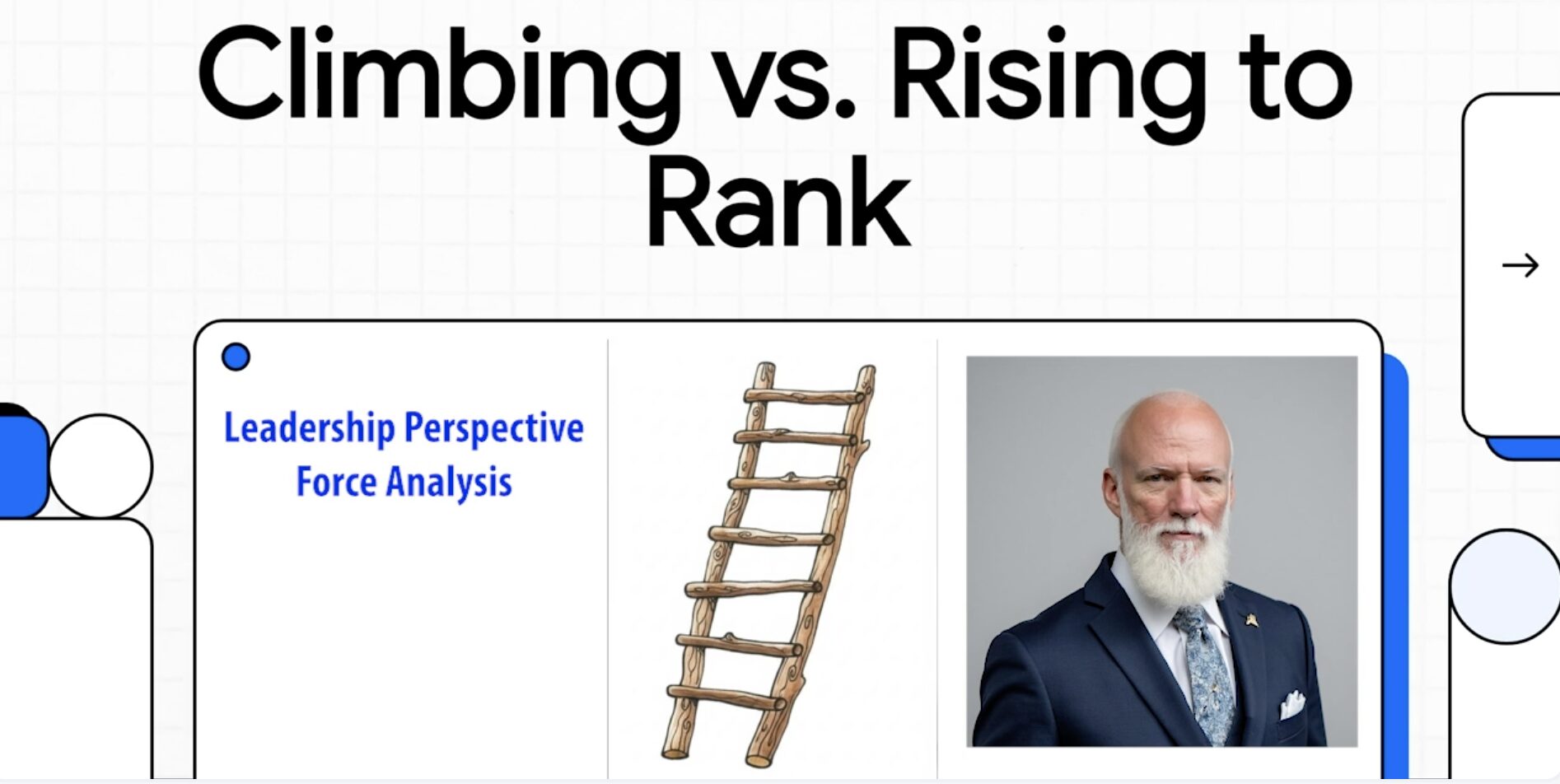A look at the application of Action v. Reaction in police use of force and in the Investigative Protocol.
Special thanks to Virtra and Force Science for the tools to train!
Article: Time to Start - Time to Stop
Introduction
When evidence or a video of a police shooting surfaces, it often sparks outrage based on the optics. The footage seems clear: an officer fires as a suspect falls, hands raised or turns away. Yet, investigations frequently clear the officer, leaving the public confused. Why does the video look so damning while the official conclusion differs? Or why is the officer deemed excessive in a scenario that was unavoidable due to these performance issues? The answer lies not in cover-ups but in the officer’s performance and cognitive limitations under stress, and how the understanding of this phenomenon is applied and documented. This article, grounded in the expertise of Sgt. Jamie Borden (Ret.), and Ofc. Danny King (Ret.) explores two critical concepts associated with action v. reaction—Time to Start and Time to Stop—and their profound impact on use-of-force incidents.
The Human Brain’s Built-in Delay
No human can start or stop an action instantly when responding to a stimulus. Every response and the associated behaviors (movement) begins with a sequence: observation, orientation (making sense of the input), decision, and action—known as the OODA loop. This process takes time, usually measured in milliseconds in these rapidly evolving scenarios, and under life-or-death stress, it becomes even more critical.
The Limits of Human Reaction Time as Trained
A straightforward experiment illustrates the delay inherent in human reaction: if you clap your hands and ask another person to clap at the exact same moment, you’ll notice they cannot match your clap precisely. This is because the brain requires time to perceive your action, process the information, and then send the command to their hands to respond.
Scientific studies consistently show that, on average, it takes about 200-300 milliseconds for a person to initiate an action in response to a stimulus and roughly 350 milliseconds (363ms)[1] to bring a perpetual action to a halt, such as rapidly pulling the trigger on a firearm. These delays have significant implications in high-stress situations. For example, in a police shooting, an officer can fire an average of one shot every 250 milliseconds. Given these reaction time gaps, it’s highly probable that the officer will discharge additional rounds even after the threat has changed—simply because the officer cannot register and respond to the change instantly.
The Arizona Experiment
Over several years, hundreds of EFI course students in Arizona and other states participated in a controlled training exercise to study this phenomenon in a real-world context. Officers were instructed to fire as fast and accurately as possible at a green target, then stop when it turned red. Even with clear instructions and expectations, and no real danger or consequences, nearly all officers fired extra rounds after the signal to stop. Most students fired two additional rounds after the stop stimulus; multiple participants fired more than three additional shots after the stop stimulus was presented. This experiment, that I use in the classroom setting was quantified with the study published by Lon Bartel, PhD.[2] This demonstrated a universal truth: the time to stop exceeds the time to start, especially when attention is split between aiming, the procedure of firing and processing new information. And, Stopping an action is never instantaneous upon recognition of a stimulus.
Real-world encounters amplify this. A red light in a lab is simple with no consequences; a suspect dropping a weapon or apparently changing behavior amid chaos is not simple stimulus by any means. The OODA loop repeats itself for the decision and action of stopping—meaning this is a new stimulus and the participant must observe the change, orient to it, decide to stop, and initiate the change in behavior of pulling the trigger, (the act of stopping)—adding layers of complexity. Studies suggest this can extend the delay significantly, often beyond the 350-millisecond baseline found in a safe, sterile laboratory environment.
The Deception of Video Evidence
Video captures a linear sequence in an objective manner, but it misses the officer’s internal process along with several other factors. When a suspect falls and the officer keeps firing, it looks malicious. Yet, this reflects the lag time associated with action v. reaction, not intent. Hindsight bias compounds the problem. Knowing the outcome—say, the suspect was no longer a threat—colors our judgment based on the optics of the video. We ask, “Why didn’t they stop, its clear on the video that the suspect was no longer a threat?” this assessment from a place of safety, armed with information the officer didn’t have. This is the assessment through hindsight bias or knowing and expecting the outcome.
Proper analysis demands removing the outcome. Was the officer’s decision reasonable in the moment, based on what they perceived in the context they perceived it in? Video shows what happened; it doesn’t reveal why. Without understanding Time to Start and Time to Stop, investigators and those conducting a review and/or analysis risk misjudging actions based on appearance alone.
Focus of Attention: A Critical Factor
An officer’s focus within the context of the incident shapes their response. In the Arizona exercise, attention split between the target and the stop signal delayed reactions. An officer fixated on a threat—say, a raised gun—may not immediately register the gun being dropped or the suspect turning away from the officer as the officer fires in response to the threat. This “focus of attention” can stretch the OODA loop, making it harder to stop firing even as the threat neutralizes.
This can help explain cases where officers continue shooting as a suspect goes down, not to mention that the suspect may be a continued threat from the ground. The officer prioritizes survival, processing the change only after the action begins to cease. Video captures the result, not the officer’s split-second reality.
Implications for Law Enforcement
This knowledge is vital for officers, investigators, and the public. Officers must articulate their actions, investigators or those conducting the hindsight review must explain the lag between perception and response. Training, like the CIR exercise, builds this awareness, showing that extra rounds aren’t necessarily malice, but the affect of performance limitations.
Investigators must apply these principles to avoid hindsight-driven conclusions. A superficial video review might suggest excessive force, but performance limitations may show otherwise. Prosecutors and administrators, often untrained in these factors, need education to ensure fair judgments. The legal standard of “objective reasonableness” (Graham v. Connor) aligns with this issue, emphasizing split-second decisions in the moment, not outcomes.
The Cost of Ignorance
Failure to grasp Time to Start and Time to Stop in the review and analysis has real consequences. Officers face unjust charges based on misleading evidence. A 15-year veteran, seeing a suspect fall, might fire an extra shot—standard human response—yet face scrutiny without context. Conversely, the public demands accountability, but without understanding, trust erodes.
Danny King of American Patrolman stresses training officers to explain their behavior. Jamie Borden, with over 300 cases and a book on the subject, advocates analyzing decision points, not results. Together, they highlight a systemic need: education to bridge the gap between video and reality.
Conclusion
The officer’s perceptions aren’t the same as a camera. Under stress, the officer processes information with inevitable delays and natural filtration of data—on average 310 milliseconds to start, 350 to stop, and longer in chaos and danger. Video deceives by showing outcomes, not the officer’s experience. By mastering the use of the OODA loop in the investigation, considering focus of attention, and the trained components of reaction time, we can move beyond snap judgments to informed, fair analysis. This isn’t just about exonerating officers; it’s about understanding performance in critical moments. It is our job to educate and explain, not advocate and excuse.
Stay safe, stay engaged.
[1] Time to Stop: Firearm Simulation Dynamics – Journal of Forensic Biomechanics
[2] (Lon D. Bartel1, 2025)


